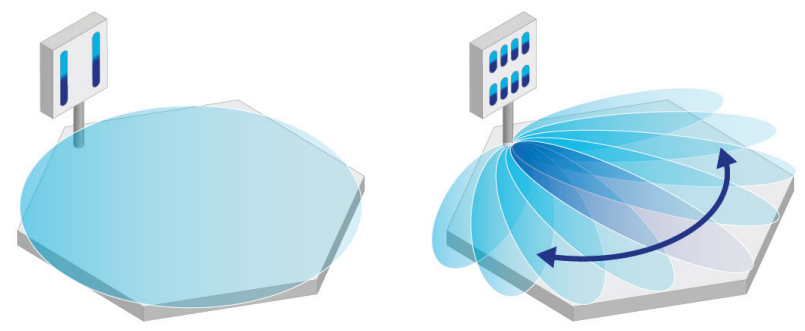5G New Radio (NR) 3GPP is defining 5G NR in Release 15, with an initial release for a non-standalone operation scheduled for March 2018 and a full release for […]


The Gulf Countries (UAE, Saudi Arabia, Qatar, Kuwait, Bahrain, and Oman) are the front runner in the 5G Race. They started to think of 5G as early as Mid-2019. Use […]

The core of mobility management in 5G NR is very similar to the one in 4G LTE. As specified by 3GPP Rel. 15, mobility in mobile networks is divided into […]

The ITU-R IMT-2020 (5G) Vision includes three usage scenarios: eMBB, mMTC, and uRLLC. It also specifies the key capabilities of IMT-2020 which represent great improvements in comparison with the previous […]

When you are reading 3GPP TS 37.340 for 5G NR Release 15, you’ll find on Page 7, section 4 the definition of “Multi-RAT Dual Connectivity” or MR-DC and the definition […]

O-RAN SC architecture follows O-RAN Alliance defined architecture. In the O-RAN architecture, the radio side includes Near-RT RIC, O-CU-CP, O-CU-UP, O-DU, and O-RU. The management side includes Service Management and […]

The “Cherry” Release of O-RAN Open Software • Cherry features significant advancements in the end-to-end integration of O-RAN Architecture components. • The software now contains new functions aligned with the […]

Bandwidth Parts & Bandwidth Adaptation Basic Concepts As per the definition in TS38.300, with Bandwidth Adaptation (BA), the receive and transmit bandwidth of a UE need not be as large […]

The last 12 months have seen an unprecedented amount of disruption in the Telecom industry, fueled in large part by the coronavirus pandemic. Let’s take a look back at the […]

5G new radio (NR) is conceived to provide new service types, namely, enhanced mobile broadband (eMBB), ultra-reliable and low latency communications (URLLC), and massive machine-type communications (mMTC). Among these, eMBB […]

RAN slicing builds on existing 5G network investments to facilitate the creation of next-level services for enterprises and mobile broadband (MBB) end-users while guaranteeing the fulfillment of service level agreements […]
